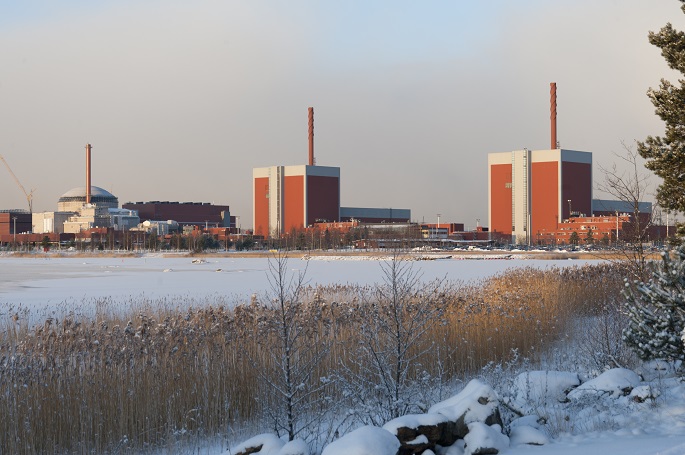TVO granted licence to run Olkiluoto nuke plant
Published : 20 Sep 2018, 22:29
The government on Thursday granted Teollisuuden Voima Oyj (TVO) an operating licence to operate nuclear power plant units Olkiluoto 1 (OL1) and Olkiluoto 2 (OL2).
TVO has now licence to operate the units until the end of 2038 and the new licence will replace TVO’s current operating licence from 1998, valid until the end of this year, said a government press release.
The company was also granted licence to use the current interim storage facilities for spent nuclear fuel and other nuclear waste located at the Olkiluoto site for the interim storage of nuclear waste generated in the operation of the OL1 and OL2 units until the end of 2038.
The operating licence does not cover the operation of final disposal facilities; they are considered separate nuclear facilities and need their own licence.
However, the government attached to the operating licence a set of conditions relating to waste management and spent fuel storage.
One of the new conditions allows TVO to use its power plant site to process and store low-level and intermediate-level radioactive waste and other radioactive waste generated elsewhere. The condition was introduced to enable a safe way to process and store certain types of radioactive waste generated in Finland.
The OL1 and OL2 units are water-moderated and water-cooled boiling water reactors, designed based on the Swedish model. They both have an electrical net output of about 890 MW. Commercial electricity generation started in the units in 1979 and 1982, respectively.
Last year, the OL1 and OL2 units generated 24% of the electricity produced in Finland and 16% of the electricity consumed in Finland.
TVO submitted its operating licence application to the Government on 26 January 2017. To prepare the licence decision, the Ministry of Economic Affairs and Employment requested statements from several ministries and certain other authorities and communities.
Altogether 50 authorities, local governments, other organisations and private individuals voiced their opinion.


